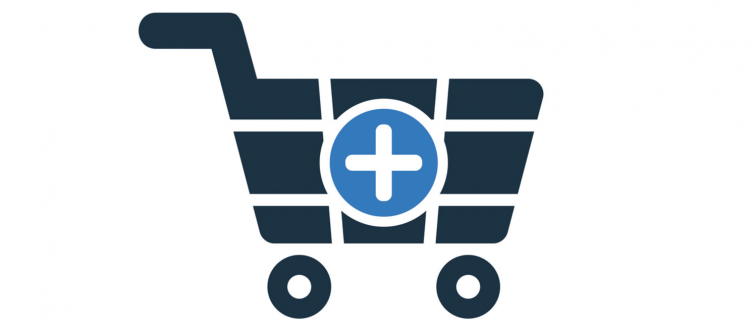How to Transform Procurement: Start With Ease of Use

Digital transformation is a phrase that’s been bandied a about a lot lately, but what does it mean in the context of procurement? In a four-part series on The Intelligent Operations Blog, experts in procurement transformation and operations at our partner Accenture share their vision of what the digital procurement function of the future will look like, and how companies can prepare for it. We are pleased to be able share that vision with you on the Coupa blog.
So, what does digital procurement look like? It goes beyond replicating the same processes with better software, and equips stakeholders with real time access to data to guide better decision making. It all starts with focusing on the end users who generate much of the data that will drive future improvements. Giving them a system that’s easy to use and presents them with valuable, actionable information is foundational, write our experts in part one of the series.
The pace of innovation continues to accelerate. The reinvention of procurement is underway. To realize the potential of the future, you need to start now. In a four-part series, we will share a vision for digital procurement business process services.
Why digital procurement—and why now?
As digital disruption sweeps across all industries, companies face unprecedented competitive pressures.
Digital is creating new channels for customer and partner interaction that are upending core business models and industry dynamics. In turn, companies see their future relevance and viability under fire.
Business leaders know their companies should become much more agile and efficient than they've ever been to survive and thrive in this new world.
That’s why companies are racing to embrace digital to transform key areas of the business. Customer-facing ones such as marketing, sales, and service, as well as many important supply chain functions, have been the prime targets.
Beyond process automation
To date, procurement hasn’t commanded the same kind of attention or investment. True, companies have enthusiastically embraced eProcurement systems and even cloud-based procurement tools. But it’s time to move beyond simply replicating the same tedious procurement processes with new software. Companies are encouraged to take the next step and create a true digital procurement organization.
A true digital procurement organization automates repeatable tasks to boost efficiency and potentially drive down costs. It equips stakeholders across the business with real-time access to insights and analytics through artificial intelligence (AI) and easy-to-use online tools. It deploys new and smarter ways to infuse data models to enrich day-to-day operations and decision making. And it transforms how buyers interact with suppliers and other third parties by serving as a platform for new levels and types of collaboration.
In essence, digital procurement enables the “Amazon-like” experience employees now want in the workplace—but currently aren’t getting.
Stakeholders expect the ease and elegance from the “procurement” tasks they do at home as consumers on Sunday to apply to the work they do for the company on Monday. But current procurement policies and tools are geared toward driving a process—with a lot of rigor and controls—versus an experience or outcome. So, it’s not a surprise that stakeholders find the procurement process too cumbersome, slow and rigid. In their minds, it’s an obstacle to be avoided rather than a useful tool.
Usage equals influence
Conversely, digital procurement is defined not by a rigorous process but by deep and rich data. It assumes business controls are built into AI models so users can do what they want to do without having to go through many painful steps.
By thus streamlining and simplifying how people make and execute buying decisions, digital procurement encourages stakeholders to “embrace the process” instead of circumventing it in favor of the experience they prefer. In other words, users aren’t necessarily fully aware of procurement’s influence and guidance, and they don’t feel like they’re “going through a process.”
They simply see valuable information presented that they can act on. Compliance and controls are inherent and embedded in the model instead of being visible obstacles to be overcome.
Why is making procurement more attractive to stakeholders so important? It’s critical to increasing the procurement organization’s influence over the half of the company’s spend it doesn’t control—and, by extension, increasing the effectiveness of how that spend is managed.
